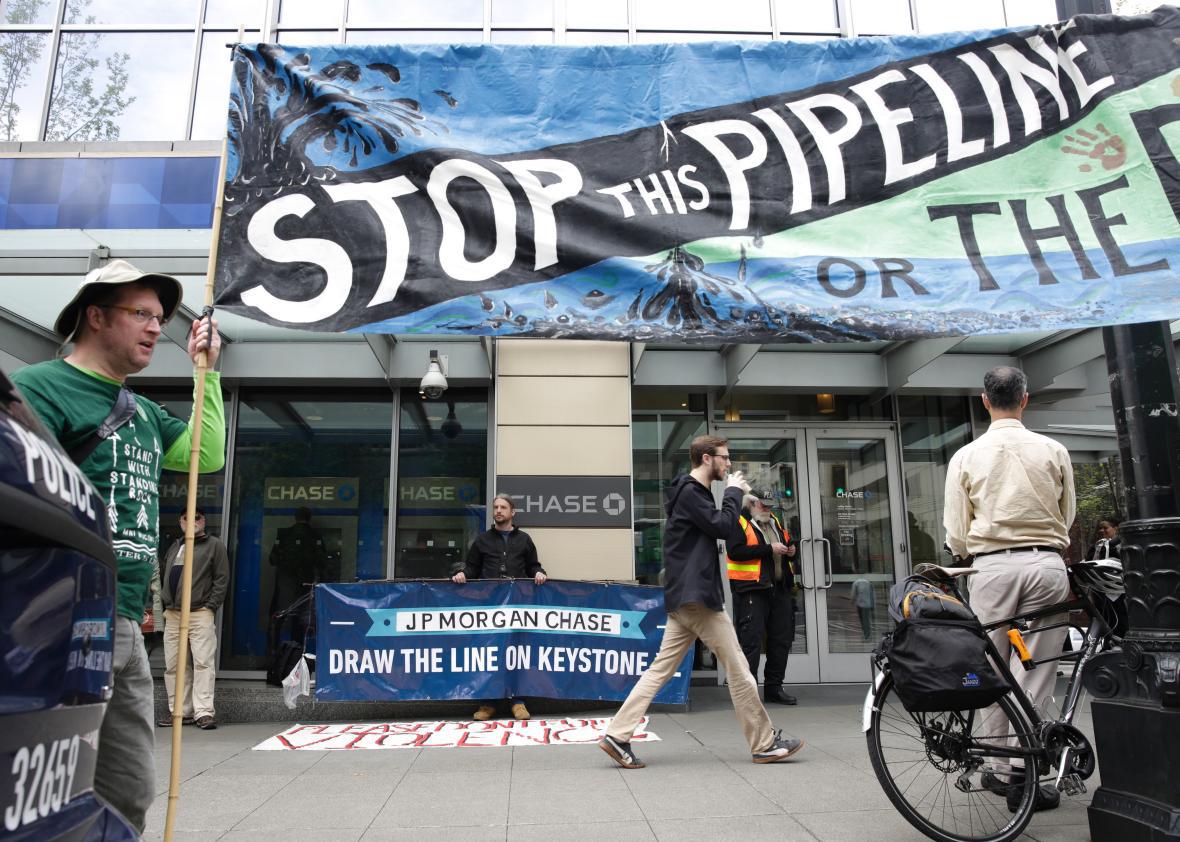The Keystone Pipeline has leaked far more and far more often than had been initially expected, according to a report from Reuters.
The pipeline, which runs more than 2,000 miles from Canada to the coast of Texas, has had three major oil leaks since 2010 when it began operating: one in North Dakota in 2011 and two more recently in South Dakota.
According to the documents Reuters reviewed, the chance of a large leak “of more than 50 barrels” was expected to be about once every seven to 11 years, and in South Dakota, where two of the major spills occurred, the documents expected no more than a spill “once every 41 years.”
The pipeline’s company, TransCanada Corp., had provided the documents—risk assessments done by a risk management company—to regulators before the pipeline began operating.
The latest incident, a more than 210,000-gallon spill in South Dakota, occurred less than a week before a Nebraska commission cleared a final remaining hurdle for the $8 billion Keystone XL expansion. TransCanada has estimated the Keystone XL will experience 2.2 leaks per decade, and that more than half of those would be very small, according to Reuters.
According to Reuters, members of South Dakota’s public utilities commission have said they could revoke the pipeline’s permit if an investigation into the oil spill from Nov. 16 showed TransCanada Corp. violated its terms. Those terms would include environmental safeguards such as regular inspections and construction standards.
